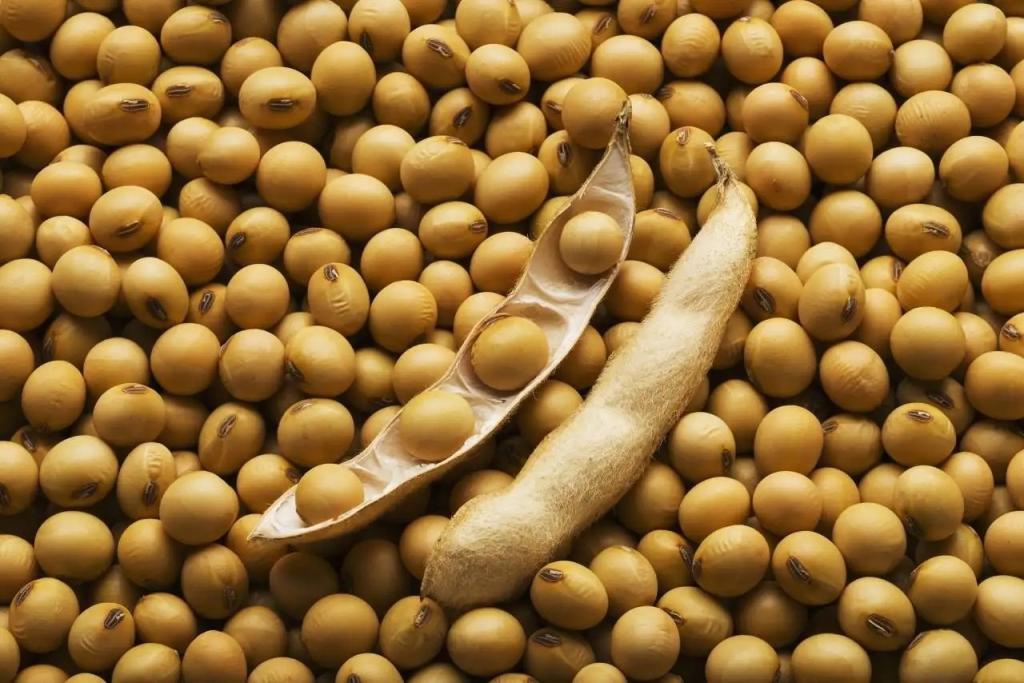Wholesale Price of Food-Grade Phospholipid
Time:2024-06-03
The utilization rate of food-grade phospholipid is influenced by various factors, including its source, purification process, application fields, and specific industry usage.
China, as a major soybean producer, has abundant phospholipid resources. According to statistics, nearly 110,000 tons of hydrated oil sediment or over 50,000 tons of concentrated phospholipid by-products are generated annually. However, the resource utilization rate of phospholipid is relatively low, at only about 10%. This means that only a small portion of the large amount of phospholipid resources produced is effectively utilized.
Phospholipid is mainly used in food and feed additives, with smaller amounts used in pharmaceuticals, healthcare, and other industries. Among these, the food industry is one of the primary application fields for phospholipid. Food-grade phospholipid is widely applied in dairy products, meat products, baked goods, noodle products, various beverages, candies, and condiments. In these fields, it serves as an emulsifier, antioxidant, and humectant, playing a crucial role in improving food texture and extending shelf life.
Food-grade phospholipid is produced through purification processes such as de-oiling and deodorization, resulting in high purity, a pure smell, and good powder flowability. These characteristics provide it with broad application prospects in the food industry.
Although China has abundant phospholipid resources, the utilization rate of food-grade phospholipid remains relatively low, at only about 10%. This low utilization rate may be related to factors such as the phospholipid purification process, application fields, and industry usage conditions.


 CN
CN





